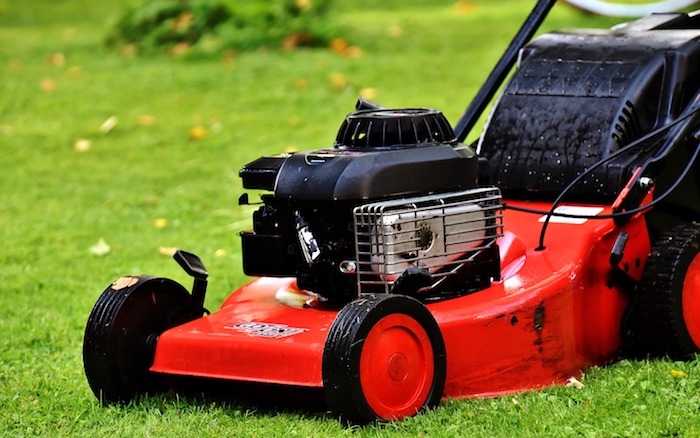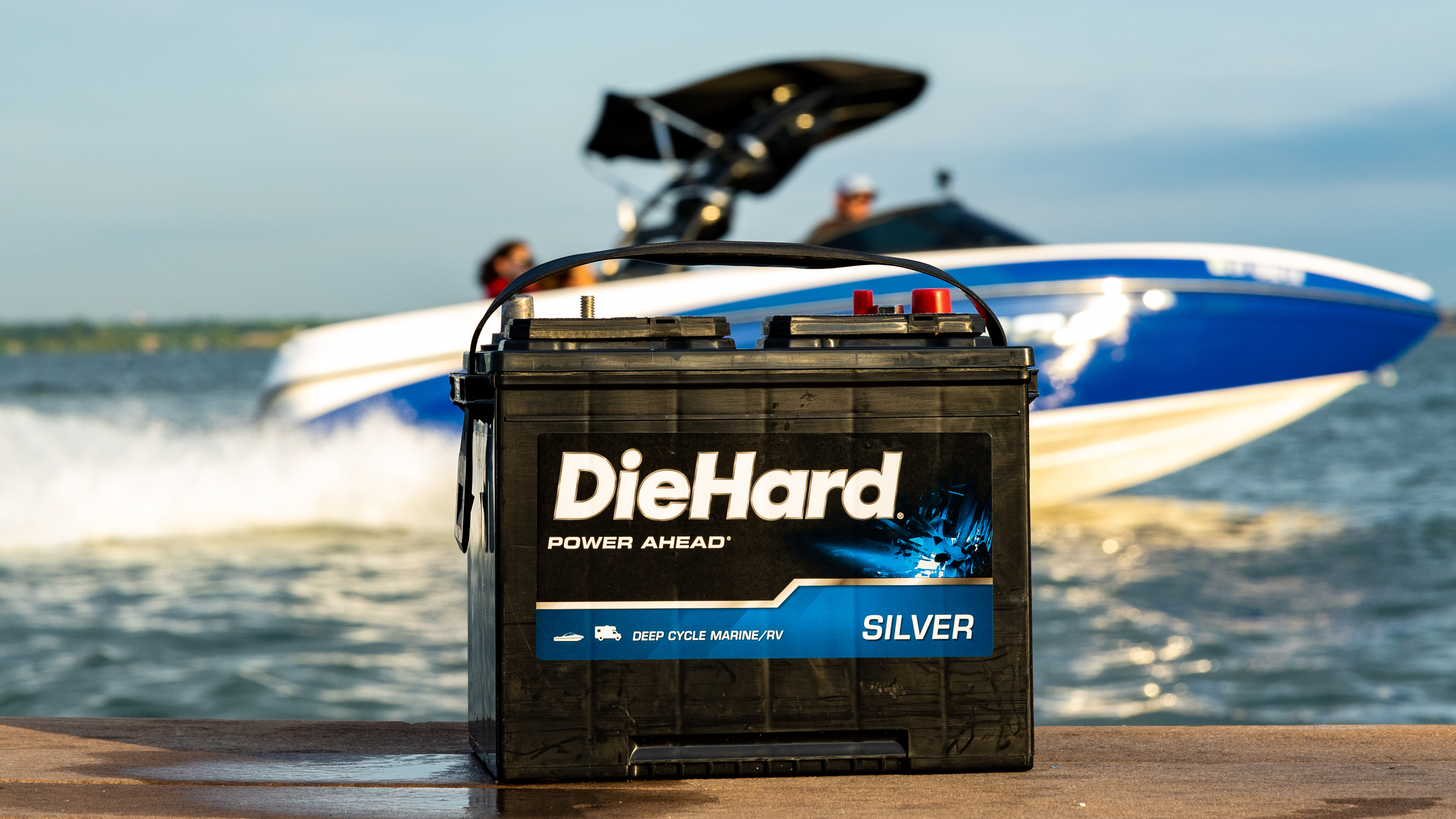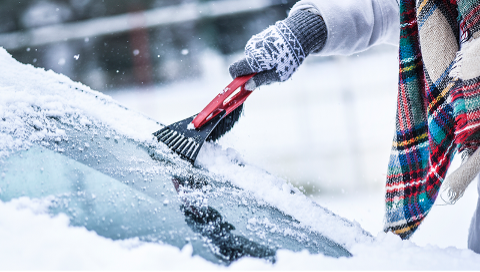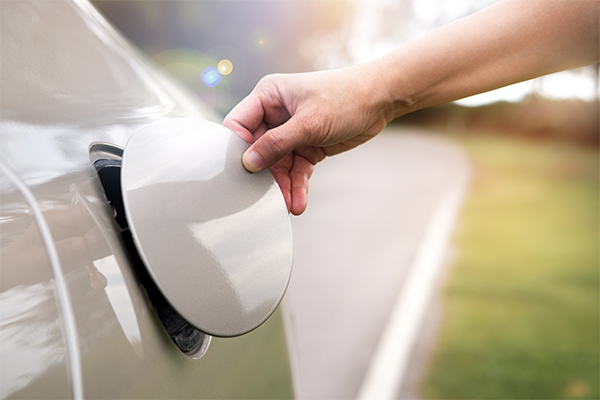For boat owners there’s nothing worse than having an engine that won’t start. Especially when you have a boat full of expectant skiers. Or a long line behind you at the ramp. Fortunately, there are a few maintenance tasks you can do to keep your marine engine and its working parts in ship shape.
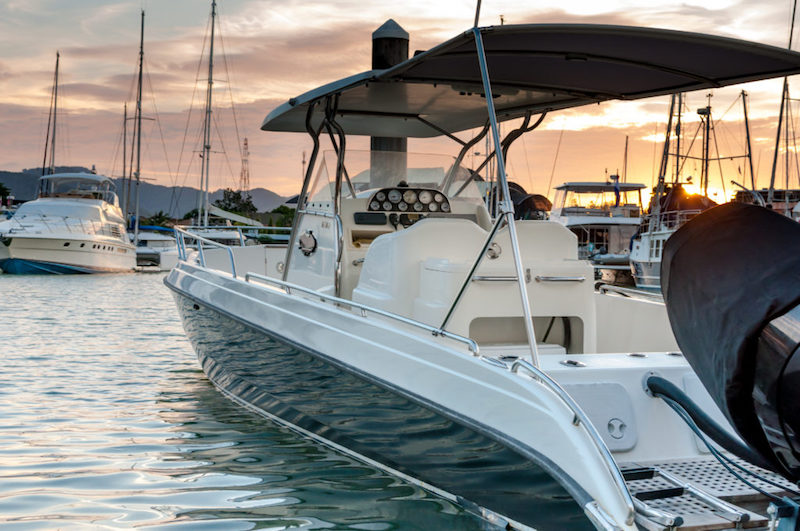
Marine Engine Flushing
During boating season, it’s important to flush your boat’s engine after each use. You do this by supplying fresh water from a hose to your engine while it’s running in neutral. This prevents buildup of sand or silt that can decrease the life and performance of your engine. Several flushing methods exist. Which one you use depends on your outboard motor's design. Some outboard engines supply built-in hose attachments. If not, you can also use a pair of flush “muffs.” The muffs are a v-shaped device with ear-muff-looking cups that slip over the water intakes (located behind the propeller). Another option is using a collapsible flush bag that supplies the water intakes with a fresh pool of water. To find the right tools and method for your boat, check with an Advance Team Member or consult your owner’s manual.
Propeller Check
You should also regularly inspect your marine engine’s propeller. First, remove the propeller and check the prop shaft for debris, such as fishing wire from the big one that got away. Fishing wire tangled in your propeller can create big problems like gear case leaks. Clean the propeller, if necessary. Then apply an appropriate lubricant to prevent the propeller from “freezing” in place, and replace the propeller securely on the shaft. While you’re at it, examine the propeller for nicks, cracks and dents. Even a small defect can decrease your engine’s performance. If you find damage, get it to a prop shop right away.
Winterization
Some boaters are lucky enough to live where the sun always shines and the boating season never ends. The rest of us have to suffer through winter, and so do our boats. Winterizing (which we'd recommend doing in the fall) ensures a great boating season the following spring. Basic winterization includes topping off the fuel lines to avoid condensation and adding a stabilizer, such as our favorite, Sea Foam. These tasks prevent corrosion and eliminate moisture. Left untreated, condensation can freeze and cause serious damage to a boat’s engine. This is also a great time to tackle any deferred maintenance issues, as well as change the oil, water, and fuel filters. You can hire a professional or do it yourself. Our DIY video, Outboard Engine Maintenance, can get you started.
For a complete list of winterizing tasks, consult your dealer, owner’s manual, or check with an Advance Team Member.
Proper Boat Storage
Once a boat is winterized, it’s time to think about storage. Many options exist, including dry-stacking in a climate-controlled warehouse, shrink-wrapping, or using a heavy-duty tarp. Your choice will likely depend on your individual boat and budget. Whichever option you choose, aim to keep your boat (and therefore its engine) dry and reasonably protected from the elements until spring.
Proper care and maintenance prolongs the life of your boat’s engine. It also ensures that you spend more time on the water than in the repair shop. So how long has your outboard motor been kickin'? What maintenance do you perform to keep it running smooth? Leave us a comment below.
